The arbitration market in the Asia-Pacific region is diverse in size and characteristics. Amongst the arbitral institutions in the region, China International Economic and Trade Arbitration Commission (CIETAC)’s 2017 report [1] revealed that 2,298 arbitration cases were filed across its institutions in Beijing, Shanghai, South China, Tianjin, Southwest China, Hong Kong, Zhejian, Hubei and Fujian. This makes China the largest market in the Asia-Pacific region for arbitration, followed by Singapore (452 arbitration cases), South Korea (385 arbitration cases) and Hong Kong (297 arbitration cases). By comparison, the International Chamber of Commerce (ICC) received 810 arbitration cases and the UK’s London Court of International Arbitration (LCIA) received 285 arbitration cases.
Snapshot of arbitration cases reported by each arbitral institution

Not only is CIETAC the biggest arbitral institution in the Asia-Pacific region in terms of total numbers of cases filed, but CIETAC has also seen the biggest growth in the number of arbitrations filed annually (increasing from 1,435 cases filed in 2011 to 2,183 cases filed in 2017). The Singapore International Arbitration Centre (SIAC) came second with an increase from 188 cases filed in 2011 to 452 filed in 2017. While Malaysia’s Asian International Arbitration Centre (AIAC) placed third with an increase from 52 cases filed in 2011 to 134 cases filed in 2017.
Across the Asia-Pacific region, AIAC is the fastest growing, at 17% compound annual growth rate (CAGR) for the period of this study. SIAC is a close second with 16% CAGR followed by Vietnam International Arbitration Centre (VIAC)’s 10% CAGR. Thailand’s Thai Arbitration Institute (TAI) is the only institution where the arbitration cases recorded has decreased, from 119 cases in 2011 to 115 cases in 2017, making its CAGR a -1%.
Arbitration cases reported by each arbitral institution

Access to data on amounts in dispute through the arbitral institutions in the Asia-Pacific region were also varied. CIETAC leads Asia-Pacific arbitral institutions with a reported total amount in dispute of $10.34 billion in 2017, followed by the HKIAC’s $5.00 billion and SIAC’s $4.07 billion. The arbitral institutions with the smallest totals for amount in dispute in 2017 were the TAI’s $970 million, the KCAB’s $810 million and VIAC’s $60 million. By comparison, the ICC saw a much higher total amount in dispute of $30.80 billion in 2017.
Statistics on the average amount in dispute per case reveals that the HKIAC’s average of $16.84 million per case is the largest in the region, followed by SIAC’s average of $9 million per case and Thailand Arbitration Centre (TAI)’s average $8.42 million per case. CIETAC’s average amount in dispute per case of $4.5 million ranks fourth on this measure. This seems to confirm the finding in the International Bar Association’s 2015 report2 that Hong Kong and Singapore have emerged as safe seats within the Asia-Pacific region for international arbitration. As a comparison from outside the region, the ICC’s average amount in dispute per case of $38.02m is larger.
Snapshot of average amount in dispute in each arbitral institution in 2017 (US $ billion)

Average amount in dispute per case in each arbitral institution (US $ million)

As the region is increasingly infused by movement of capital and commerce, the likelihood of business friction and disputes increases. The United Nations Conference on Trade and Development’s tracking of foreign direct investment (FDI) from 2008 to 2017 reveals that Asia saw an expansion in capital inflows whereas total FDI reduced during the same period in the US and Europe as per the UNCTAD’s World Investment Report 2018 (see graph below).

Five of the seven arbitral institutions approached for this report track the number of arbitration cases brought about by a foreign entity. Of the seven arbitral institutions with such data, the HKIAC (89%) and SIAC (83%) have seen an overwhelming proportion of matters that were initiated by a foreign entity. This again confirms the finding in the International Bar Association’s 2015 report3 that Hong Kong and Singapore have emerged as safe seats in the region for foreign arbitration. Whilst in 2017, CIETAC recorded the highest number of arbitration cases initiated by a foreign party with 476, that only constitutes 21% of the total number of cases filed at CIETAC. In the same year, SIAC attracted 375 arbitration cases from foreign parties while HKIAC (in their most recent report) attracted 234 cases from foreign parties.
Snapshot of cases filed by foreign parties in each arbitral institution
Number of cases filed by foreign parties in each arbitral institution
According to Alexander Fessas and Abhinav Bhushan of the ICC, the reasons for which China, India, Indonesia, Singapore and Vietnam seem to have more foreign parties is that not only are these the countries with the fastest growing economies in the world but they are also the largest consumers of energy – a sector in which disputes are predominantly subject to arbitration. This observation is confirmed also by Franz Dominic from the AIAC, who added that Singapore is the base for many businesses from which foreign companies operate in the region.
China, India, Indonesia, Singapore and Vietnam are the parties to several multilateral and bilateral investment treaties, which often give rise to disputes. In addition, Messrs Fessas and Bhushan observed that the Belt and Road Initiative will continue to give rise to supply chain disputes to which companies from these above-mentioned countries will be party.
Michelle Chiam Xiu from SIAC observed that as FDI increased over the years into those countries, it has invariably led to an increase in cross-border disputes involving parties from these countries. With the increasing popularity of international arbitration, the number of arbitration cases involving parties from China, India, Indonesia, Singapore and Vietnam have increased as a result. From SIAC’s perspective, parties from India, China and Indonesia have ranked amongst SIAC’s top ten foreign users since 2011. Vietnamese parties at SIAC were amongst SIAC’s top fifteen foreign users in 2016 and 2017.
Using data from the four arbitral institutions in the region that report on the country of origin of parties initiating arbitration cases, a trend can be observed. Chinese entities are amongst the top 10 users of the KCAB, VIAC and SIAC. US entities are amongst the top five users of the KCAB, SIAC, CIETAC and VIAC. Indian entities also feature amongst the top five users of SIAC and VIAC as well as the ICC.
Snapshot of cases with foreign parties
US parties also feature strongly amongst the top ten users of arbitral institutions like the KCAB, SIAC and VIAC. Messrs Fessas and Bhushan from the ICC noted that American companies are leaders in several sectors of the economy across the world, and they continue to be have the highest number of parties by country of origin in ICC arbitrations (and arbitration in general). There seems to be no reason to believe that American parties’ involvement in commercial cases will drop anytime soon.
Ms Chiam from SIAC added that as FDI from the US in Asia has increased steadily over the last decade, this has invariably led to an increase in cross-border disputes involving parties from US. As a result, the number of arbitration cases filed involving US parties has increased because the preferred mode of dispute resolution for cross-border disputes is arbitration. Users from the USA have constantly been amongst SIAC’s top ten foreign users since 2011. Insofar as US parties continue to remain active in cross-border transactions, we expect that the number of US parties at SIAC will continue to increase in the future.
A breakdown of the type of cases recorded by CIETAC, BANI, KCAB, SIAC and VIAC reveals a number of similarities and differences in the type of disputes in the Asia-Pacific region. Trade and sales appear in the top five types of disputes filed in all Asia-Pacific jurisdictions. Similarly, construction also appears in the top five types of disputes filed at BANI, KCAB, SIAC and VIAC. By way of comparison from outside the region, construction appears in the top five types of disputes filed at the ICC.
Snapshot of cases by types in each jurisdiction (2011 to 2017)

_________________
Citations
1 China International Economic and Trade Arbitration Commission, 2018, CIETAC 2017 Working Report and 2018 Plan, [ONLINE] Available at: https://www.cietac.org/index.php?m=Article&a=show&id=15422&l=en. [Accessed 10 October 2018].
2 International Bar Association, 2015, The Current State and Future of International Arbitration: Regional Perspectives, [ONLINE] Available at: https://www.ibanet.org/Document/Default.aspx?DocumentUid=2102ca46-3d4a-48e5-aa20-3f784be214ca. [Accessed 23 October 2018].
3 International Bar Association, 2015, The Current State and Future of International Arbitration: Regional Perspectives, [ONLINE] Available at: https://www.ibanet.org/Document/Default.aspx?DocumentUid=2102ca46-3d4a-48e5-aa20-3f784be214ca. [Accessed 23 October 2018].
*For original upload, click here.










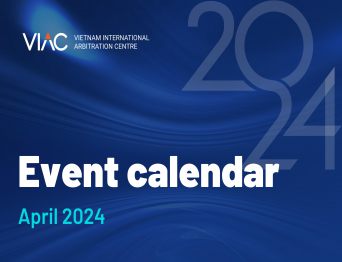

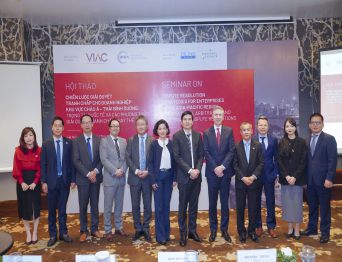



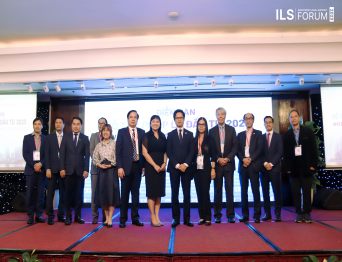

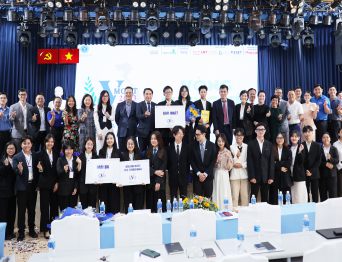
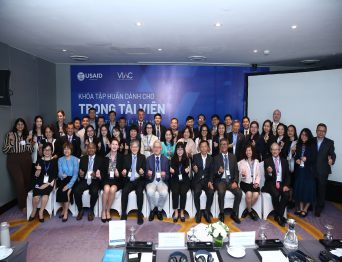


.png)

